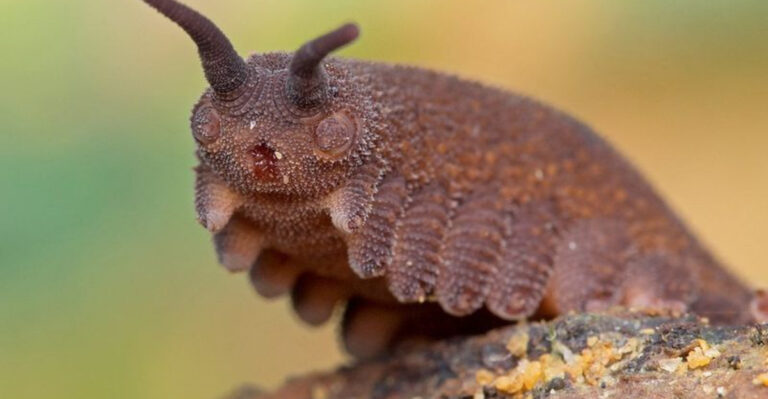17 Reasons Cheetahs Are The Most Incredible Land Predators
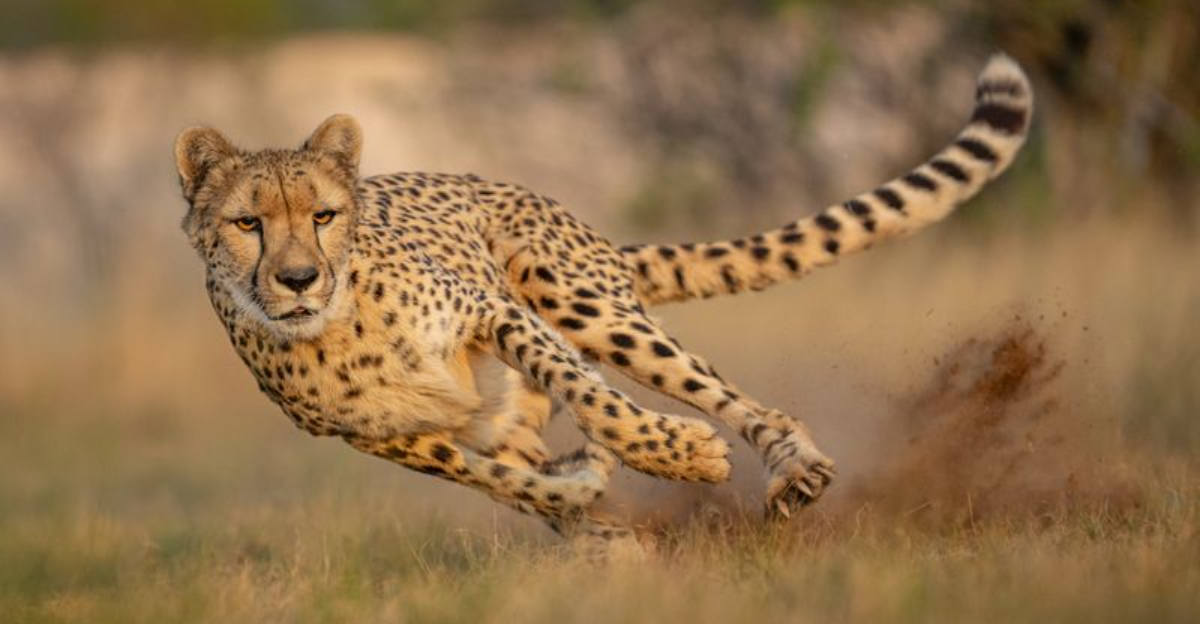
Ever watch a car zoom by on the highway and think, “Wow, that’s fast!” Now imagine an animal that can outpace that speedster on foot. Meet the cheetah, nature’s sleekest speedster. With a build crafted for velocity and agility, cheetahs aren’t just about raw speed.
They’re a marvel of evolutionary design, blending power, grace, and a few quirks that make them truly fascinating. Ready to uncover their secrets?
1. Tail As A Rudder
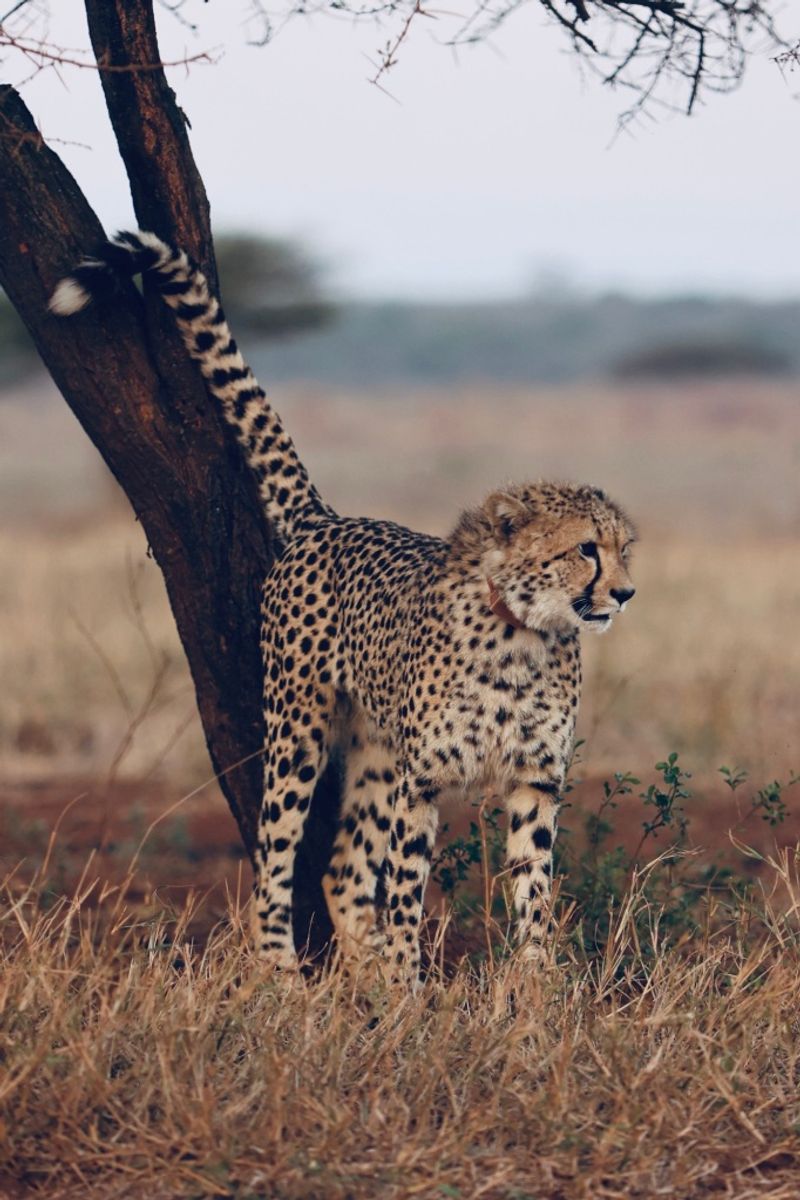
Did you know? A cheetah’s tail isn’t just for decoration; it’s a vital steering tool. Acting like a counterbalance, it helps cheetahs make those incredible sharp turns during a chase.
The tail’s unique ringed pattern isn’t just pretty; it’s functional. As cheetahs sprint, this natural rudder swings from side to side, keeping them stable. It’s like having a built-in GPS for those tight corners.
2. Distinctive Tear Marks
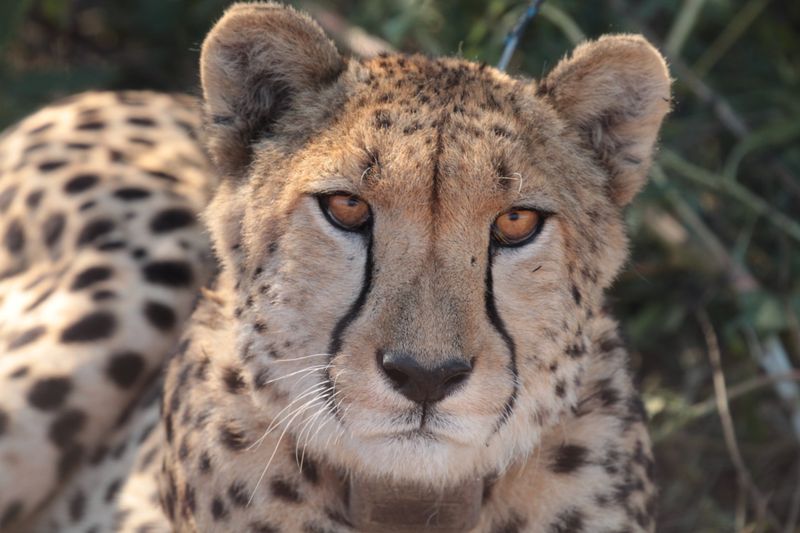
Ever noticed those striking black lines on a cheetah’s face? They aren’t just for looks. These tear marks help reduce glare from the sun, improving their focus on prey.
Imagine wearing built-in sunglasses! This adaptation allows cheetahs to hunt during the day when other predators might struggle. It’s nature’s way of giving them a competitive edge in the harsh savannah sunlight.
3. Superb Eyesight
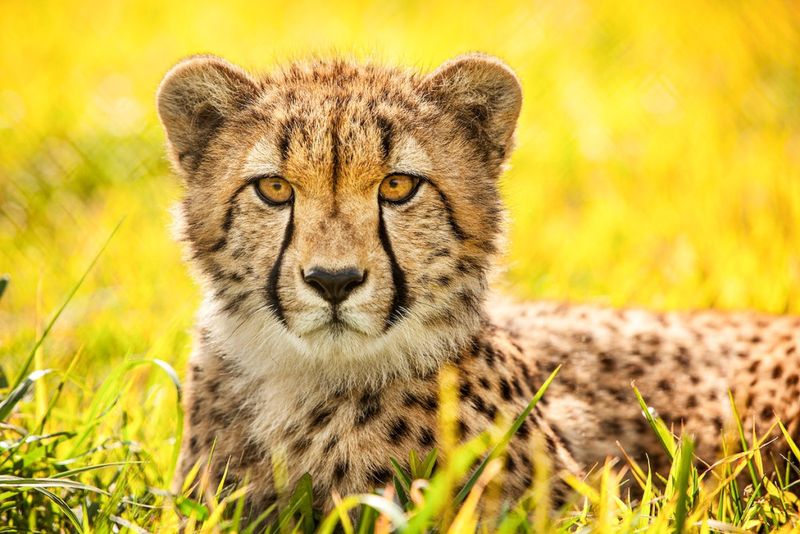
Cheetahs boast extraordinary vision, capable of spotting prey from over three miles away. This keen eyesight is essential for tracking fast-moving targets across the vast savannah.
Their eyes are specially adapted to detect subtle movements, a crucial skill when every second counts. Whether it’s the flicker of a tail or the rustle of grass, cheetahs miss nothing in their line of sight.
4. Unmatched Speed
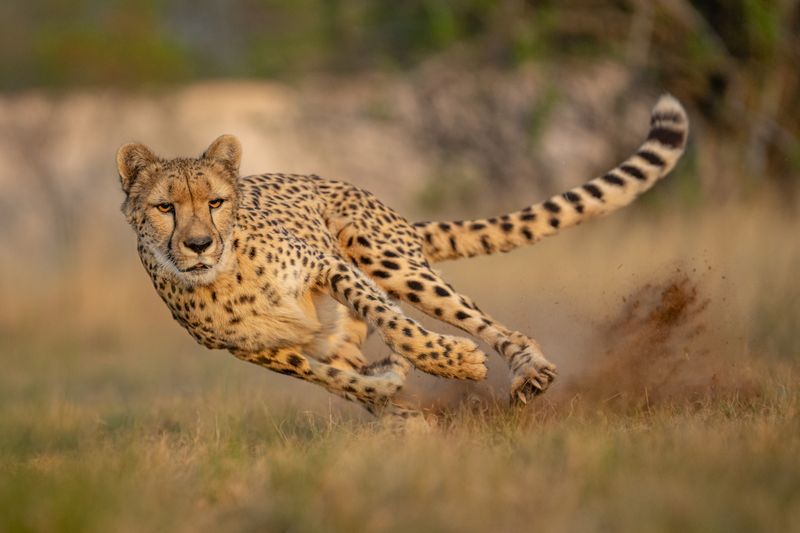
Cheetahs can accelerate from 0 to 60 mph in just 3 seconds, faster than most supercars! This astonishing speed is not just about racing; it’s an evolutionary masterpiece. Cheetahs’ long legs, flexible spine, and unique muscle structure make them nature’s speed demons.
But speed isn’t everything. Their ability to make sharp turns at high velocity gives them an edge in the wild. It’s this agility that makes the chase so thrilling.
5. Silent Stalker
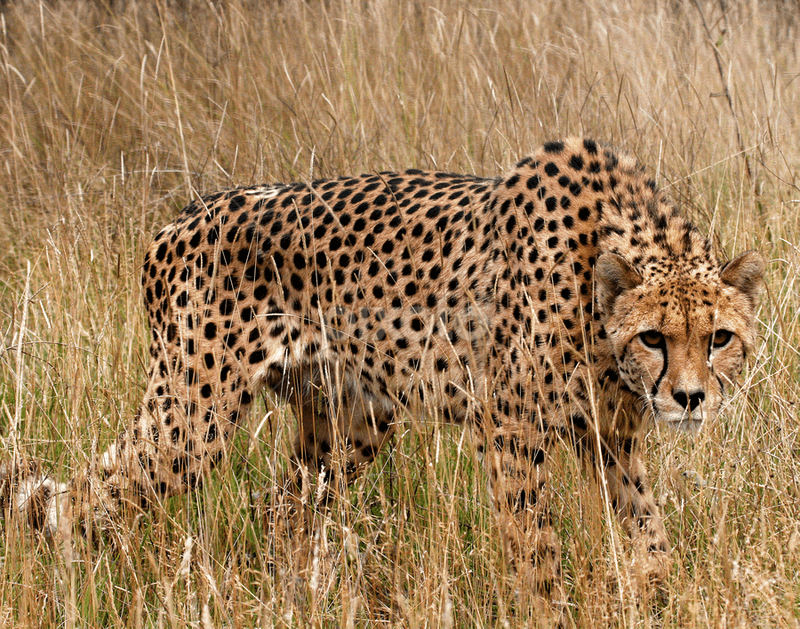
Despite their speed, cheetahs are master stalkers. They approach prey stealthily, using tall grass as cover. This ability to move without a sound is what sets the stage for their explosive chases.
Their spotted coat plays a dual role, providing camouflage that helps them sneak up on unsuspecting prey. Being a cheetah isn’t just about running; it’s about the silent approach.
6. Social Structure
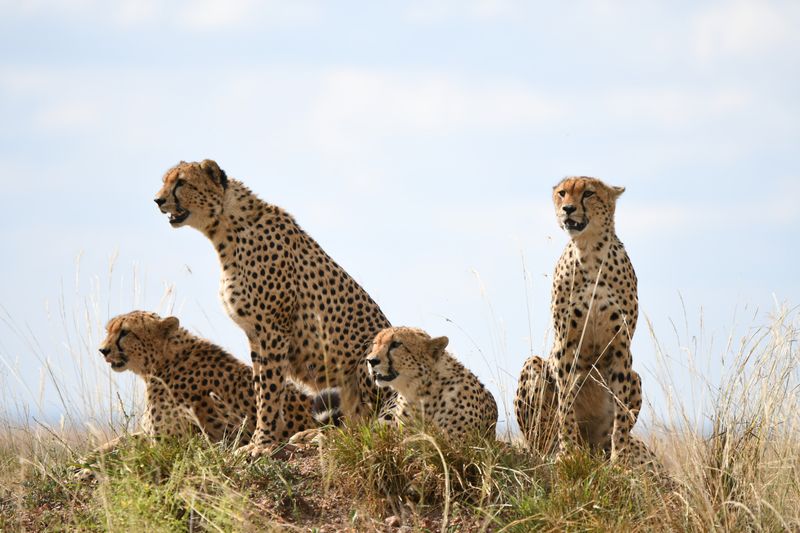
Unlike many big cats, cheetahs have a unique social structure. Males often form coalitions, usually with siblings, to effectively defend territory and hunt.
These bonds are crucial for survival and success in the wild. While females are more solitary, they are equally social with their cubs, teaching them the ways of the savannah. This social dynamic is integral to their lifestyle.
7. Cub’s Mantle
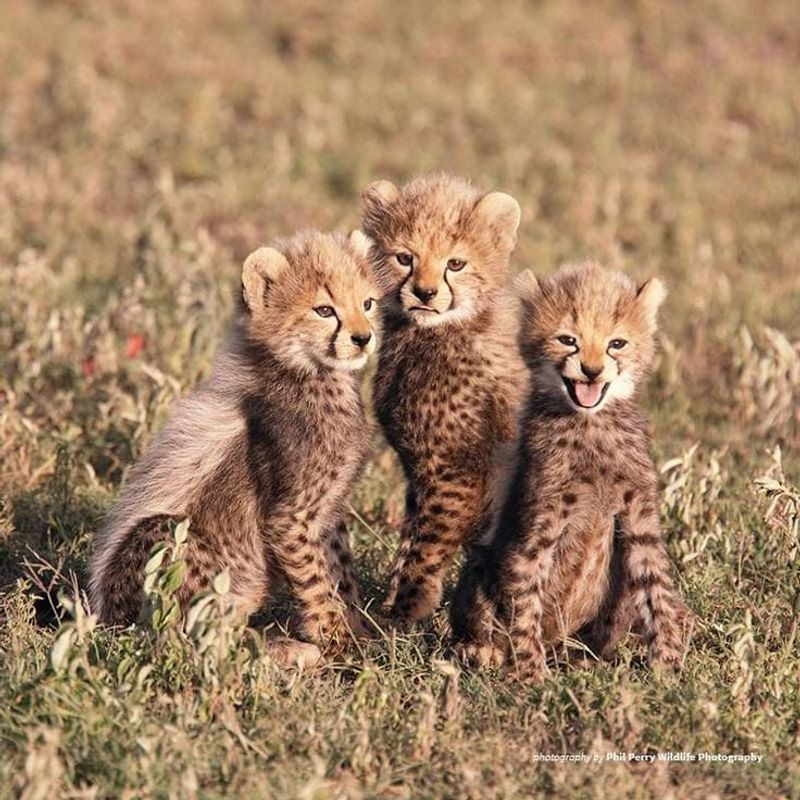
Cheetah cubs sport a distinctive mantle of fur along their backs, resembling a mohawk. This adorable feature serves a purpose: camouflage.
The mantle helps cubs blend into tall grass, protecting them from predators. It’s a clever disguise in the wild, adding a layer of security during their vulnerable early months. Nature sure knows how to dress its young!
8. Unique Vocalizations
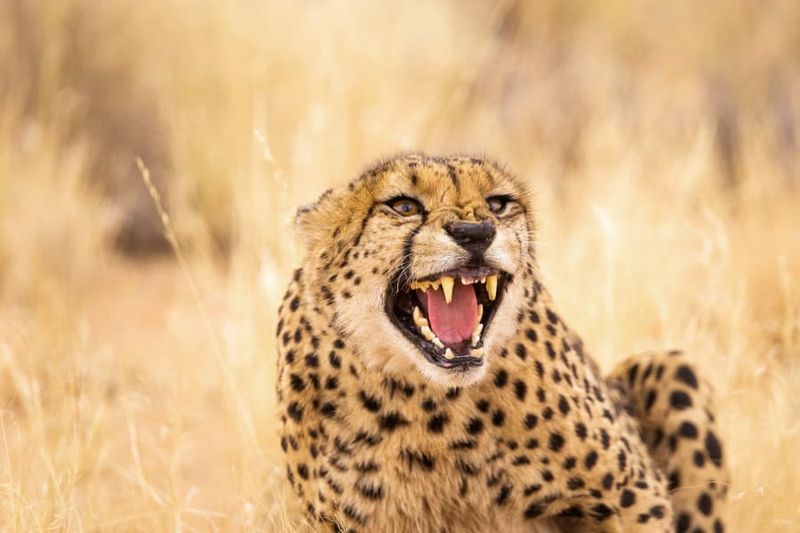
Did you know cheetahs can’t roar like other big cats? Instead, they communicate using a series of unique sounds, including chirps, growls, and purrs.
These vocalizations are essential for mothers calling their cubs or males within coalitions. It’s a language all their own, showcasing the diverse ways animals communicate. Who knew the fastest land predator had such a soft voice?
9. Incredible Acceleration
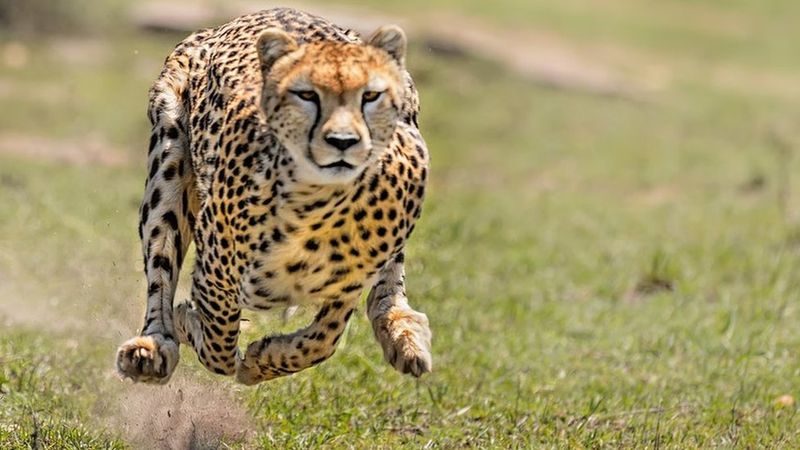
Beyond top speed, cheetahs excel in acceleration, reaching their peak in just a few strides. This explosive power is thanks to their lightweight frame and powerful leg muscles.
Every leap is a calculated move, maximizing distance with minimal effort. This burst of energy is the difference between a successful hunt and an empty stomach, highlighting their role as efficient predators.
10. Short-Distance Sprinter
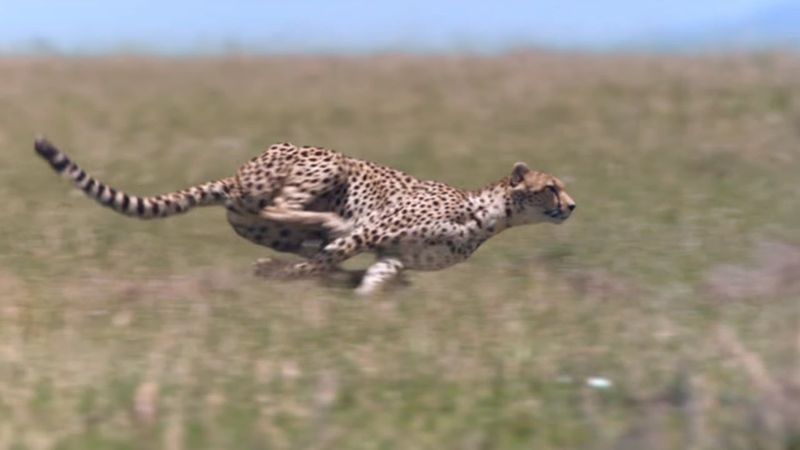
Cheetahs are built for short, intense sprints rather than long runs. Their speed is a sprinting marvel, perfect for capturing elusive prey in quick chases.
However, this means they must carefully choose their moment to strike. After a sprint, they need time to recover, illustrating the delicate balance between energy expenditure and reward in the wild.
11. Evolved Hunting Strategy
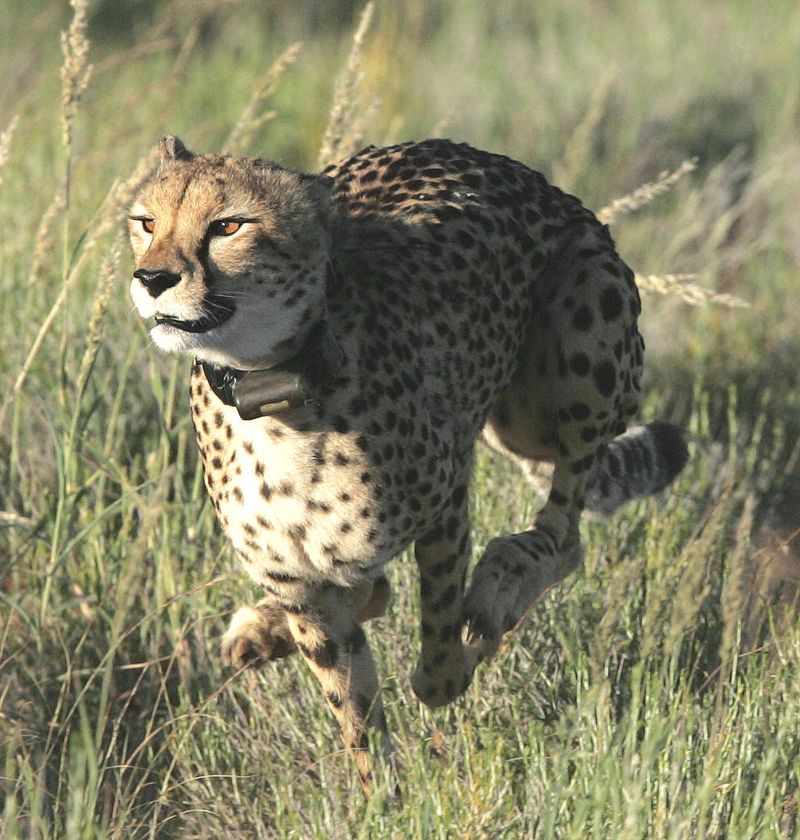
Cheetahs employ a highly evolved hunting strategy, using their speed and agility to outmaneuver prey. Each chase is a blend of patience, timing, and precision.
They wait for the perfect moment before unleashing their sprint, often targeting smaller, more agile animals. Their success isn’t just in running, but in reading the landscape and prey behavior, showcasing their intelligence.
12. Adaptability To Habitats
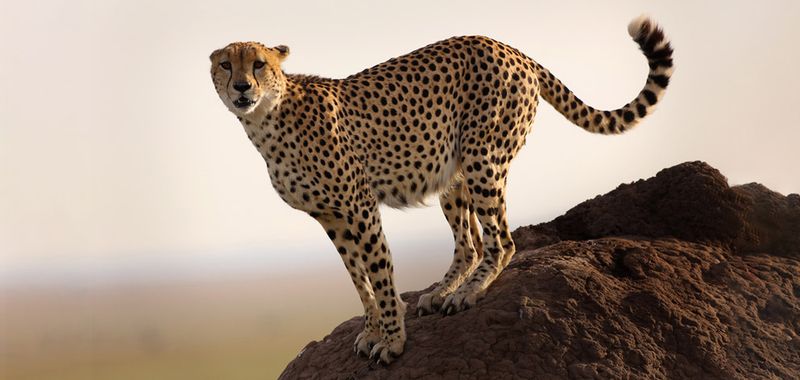
Cheetahs are remarkably adaptable, thriving in various habitats from open savannahs to dry forests. This adaptability ensures they can survive in diverse environments.
Their ability to hunt in different landscapes highlights their versatility. Whether in wide-open spaces or areas with more cover, cheetahs have the skills to find food and stay protected.
13. Rapid Recovery
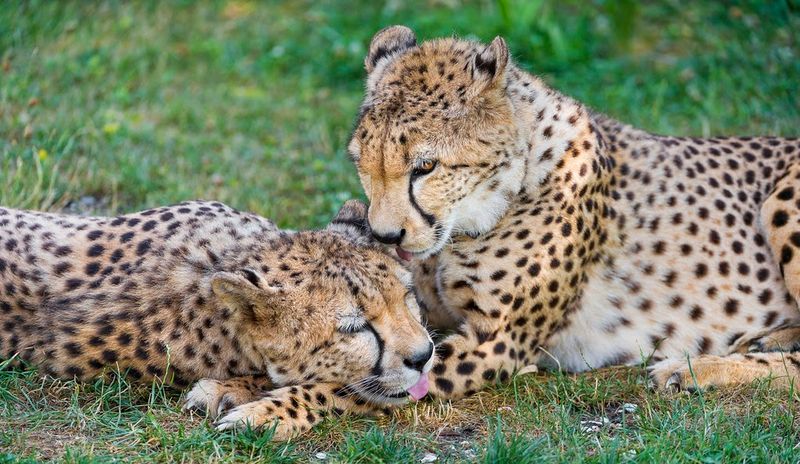
After a high-speed chase, cheetahs need to recover quickly to avoid overheating. Their bodies are adapted to cool down efficiently, allowing them to rest and regain strength.
This rapid recovery is crucial for survival, as predators can’t afford to be vulnerable for long. It’s a delicate dance of energy management, showcasing the cheetah’s evolutionary perfection.
14. Efficient Energy Use
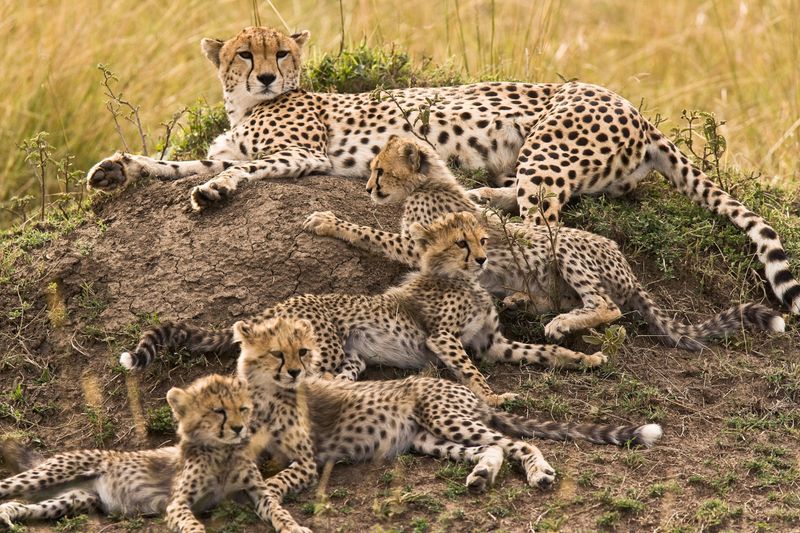
Cheetahs are masters of energy conservation, spending most of their day resting to save strength for hunting. Their lean build and efficient metabolism mean they can maximize output with minimal input.
This energy strategy is vital for a predator relying on bursts of speed. By resting often, cheetahs ensure they’re always ready for the next hunt, a balance of activity and rest.
15. Fascinating Genetics
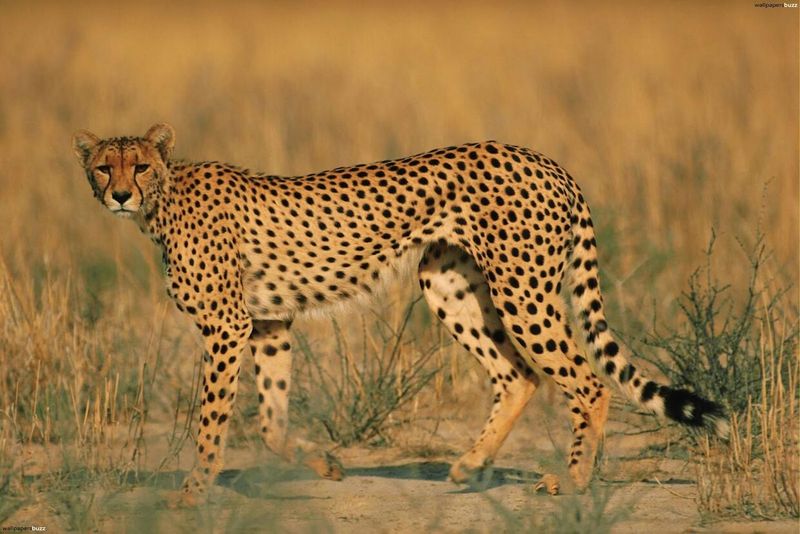
Cheetahs have a unique genetic makeup that sets them apart from other big cats. This genetic diversity is reflected in their physical traits and behaviors.
Unfortunately, it also means they’re vulnerable to certain health issues. Conservation efforts are focused on understanding and preserving their genetic pool to ensure future generations of these incredible predators.
16. Conservation Challenges

Cheetahs face numerous challenges, from habitat loss to human conflict. Despite being natural wonders, their survival is threatened, making conservation efforts crucial.
Organizations are working tirelessly to preserve their habitats and reduce poaching. By understanding these magnificent creatures and their role in the ecosystem, we can help secure a future where they continue to thrive.
17. Cheetah’s Role In Ecosystem
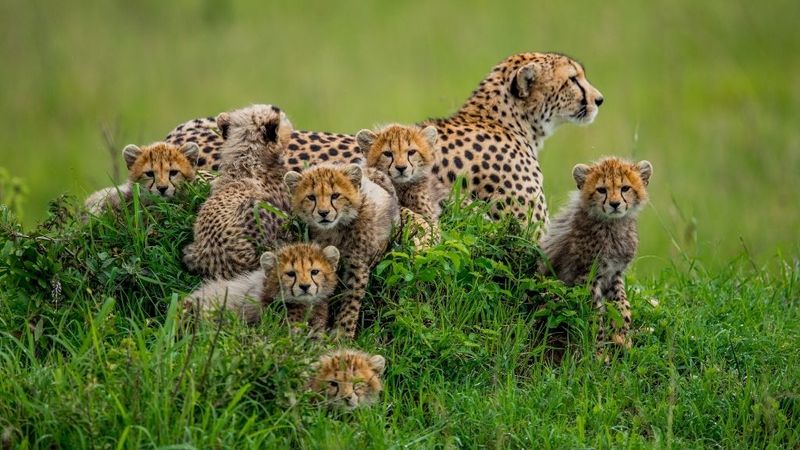
Cheetahs play a critical role in maintaining the balance of their ecosystems. As apex predators, they help control prey populations, ensuring a healthy environment.
Their presence indicates a thriving ecosystem, where biodiversity flourishes. Protecting cheetahs isn’t just about saving a species; it’s about preserving the intricate web of life they support. Their importance extends beyond their speed.


